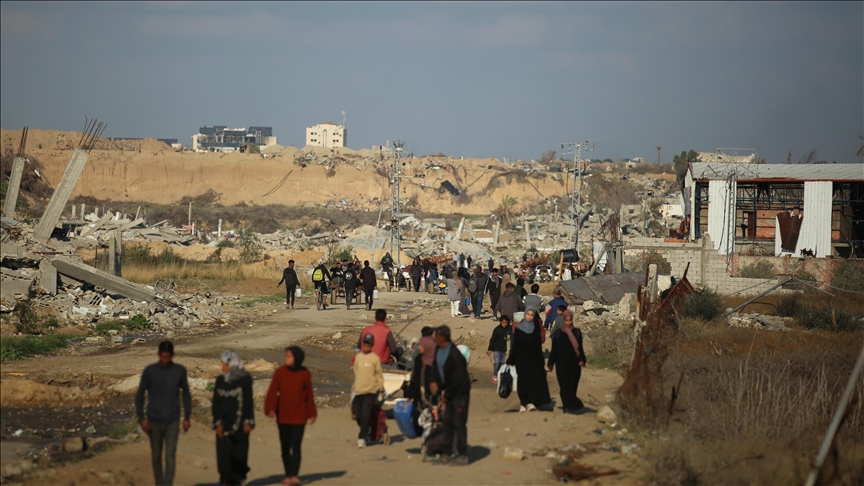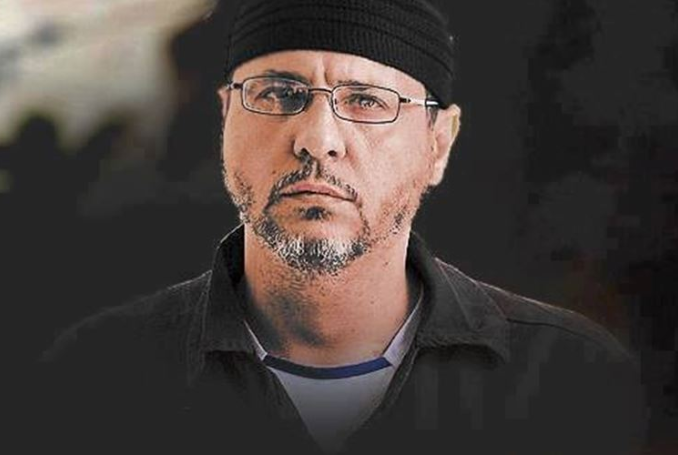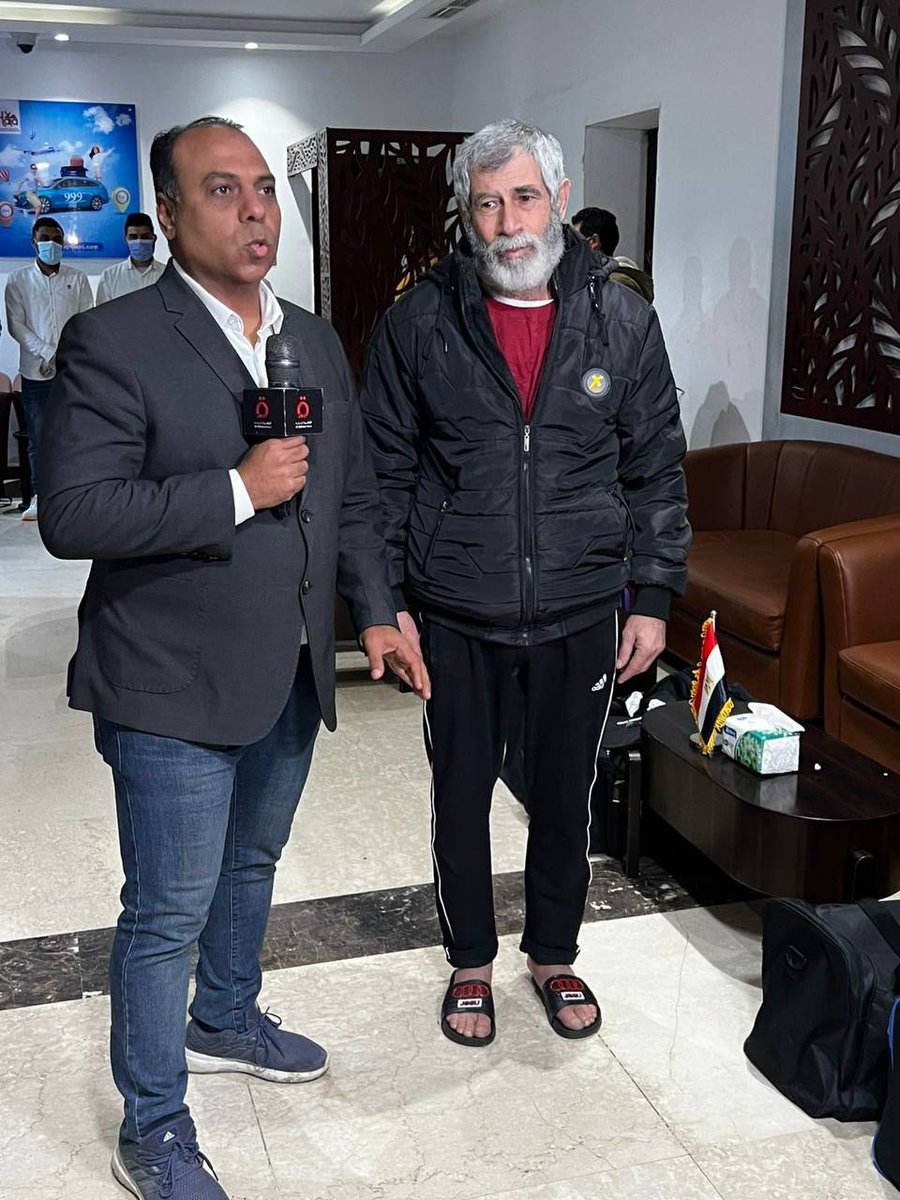Israel Jails Institutionalized Torture For Palestinians
The poor health of Palestinian detainees and prisoners released by Israel as part of the ceasefire agreements in the Gaza Strip reflects the terrible conditions they endured while in custody, including torture, mistreatment, and degrading abuses that persisted until the very last minute.
The Israeli authorities released the detainees and prisoners in four batches, the last of which was last Saturday. The majority appeared to be in a serious state of decline, with each of them losing several kilogrammes of weight due to what appears to be intentional starvation.
Following their release, many of the inmates and detainees required immediate hospital transfers for critical medical examinations. One in particular seemed incapable of recognising his future after being denied treatment while in custody.
These circumstances demonstrate how Israel has transformed its jails into institutionalised torture facilities for Palestinian detainees and prisoners, including those who were convicted and imprisoned prior to October 7, 2023.
Until the final moments before their release, most of the detainees endured psychological torture in addition to mistreatment and beatings.
The Euro-Med field team recorded that, in addition to forcing the detainees to wear prison clothes and subjecting them to beatings and violence before and during their loading onto buses, Israeli forces also made many of them shave their heads – a deliberate and degrading measure meant to degrade their morale.
All prisoners and detainees were released under appalling conditions by the Israeli occupation forces, who also stormed their homes and locations designated to receive and celebrate their release. They attacked family gatherings, suppressing them with tear gas and bullets and injuring some people.
According to the testimonies of the released prisoners and detainees that Euro-Med recorded and analysed, the prison administrations’ violations extended beyond subpar detention conditions and turned into a systematic policy of retaliation against all Palestinian prisoners and detainees. Detainees were subjected to severe torture, intentional starvation, and prolonged solitary confinement as part of punitive measures that ramped up brutally after the events in the Gaza Strip in an attempt to punish them for nothing more than the fact that they were Palestinians. Since October 7, 2023, the conditions inside the prisons have seen an unprecedented deterioration.
According to the testimonies documented by Euro-Med, the Israeli occupation forces also tortured and beat the freed detainees, held them in buses with their hands bound for extended periods of time before releasing them, and subjected them to taunts and profanities that were intended to diminish their human dignity right up until the very end.
The day before their scheduled release, Israeli forces seized them and forced them to shave their hair, according to former prisoner “Haitham Jaber” from the town of Haris in the Salfit district. When he refused to shave his hair, the prison administration took him by force and shaved his hair all the way. “Jaber” went on to say: “The inmates endure extremely harsh living conditions, and the most extreme forms of torture, abuse, and degrading treatment were performed against us until the very end.”
The detainees were humiliated by being made to stand in a single queue and occasionally asked to walk on all fours, he said, demonstrating how the prison guards treated them like ‘animals’. Additionally, they were denied basic rights like access to water, as each room was only given one bottle of water per day, and the restrooms were completely devoid of water, making it impossible for them to relieve themselves.
Former prisoner Wael al-Natsheh, who has been behind bars since 2000 and has been sentenced to life in prison, said: “They played with our nerves.” Without providing us with any information or an explanation, they took us back to the prison for three hours after we had left for the buses. This led to anxiety and misunderstanding. We assumed that after giving us the impression that there would be significant issues in the exchange that would be challenging to resolve, he would assign us to the prison sections. He was merely playing with our nerves, as it turned out.
“The inmates who were scheduled to be released were gathered in Ofer Prison and were previously told that their release date was last Saturday,” he said. But they were imprisoned for roughly a week. According to him, the prison administration has been waging a “fierce attack” on the inmates over the past 16 months, causing them to starve, be beaten, be abused, sleep in the cold, and have their clothing and blankets taken away.
According to one of the kids the Euro-Med met and who was set free in the northern West Bank (Euro-Med does not reveal his identity for his own safety), everyone suffered in the prisons, particularly from malnourishment and beatings. He clarified that in order to avoid being arrested again, he was made to sign a pledge not to speak.
According to the testimonies of those who were released, the Euro-Med emphasised that these practices constitute a blatant violation of human rights and the rights of prisoners and detainees guaranteed by international law because they mirror the “abuse, humiliation, starvation, and systematic torture” that they endured both during their detention and after being released.
Additionally, he cautioned that the attacks are not just physical abuse but also have terrible psychological effects on the detainees and prisoners, which worsens their suffering and eventually causes their psychological condition to deteriorate. He continued by saying that the conditions the detainees were subjected to upon their release, the descriptions they gave of their conditions of confinement, and the reference to prisons as “graves for the living” are all blatant examples of an Israeli policy that violates international humanitarian law and human rights standards in order to destroy the Palestinian people’s will and subject them to the greatest amount of suffering and humiliation possible.
To end Israel’s systematic and pervasive crimes of murder, torture, and other grave violations against Palestinian prisoners and detainees, all *countires* and relevant international organisations must act swiftly and forcefully. Additionally, detainees who were arbitrarily arrested must be released immediately and unconditionally. The involved local and international organisations should be given immediate permission to visit the detainees and give them legal representation. Furthermore, Israel should face pressure to end all types of arbitrary detention, including administrative detention, which is a blatant violation of fundamental human rights and a manifestation of a repressive policy meant to undermine the Palestinian people’s will and social cohesion while denying them their legal rights.
In addition to taking all required legal actions to prosecute and try the occupation leaders accountable for these crimes, all nations and interested parties must launch an immediate, independent investigation into these crimes and grave violations.
All concerned countries must also assist the International Criminal Court in its efforts to look into these crimes, submit specialised reports to the court about the crimes committed against Palestinian detainees and prisoners in Israeli prisons and detention facilities, particularly after October 7, 2023, and issue arrest warrants for all of the perpetrators so that they can be prosecuted and brought before the International Criminal Court to stand trial for their crimes.
The crimes committed by the Israeli occupation army and other Israeli security forces against Palestinian prisoners and detainees from the Gaza Strip are considered crimes against humanity and full-fledged war crimes. They also constitute acts of genocide against the Palestinian people in the Strip because they are carried out in a systematic and brutal manner with the intention of eradicating the Palestinian people as a group, including through rape, torture, and other forms of sexual violence.
The international community must put pressure on Israel to immediately cease the crime of enforced disappearance against Palestinian detainees and prisoners from the Gaza Strip, to make public all secret detention facilities, to reveal the identities of all Palestinians it is detaining from the Strip, their whereabouts and fates, and to take full responsibility for their safety and well-being.












